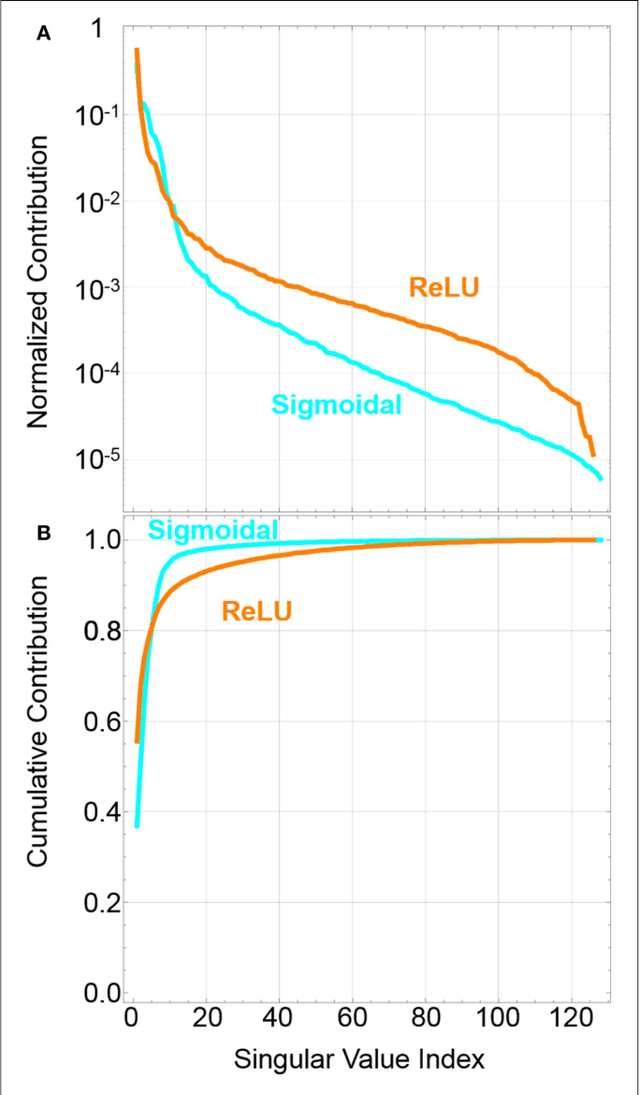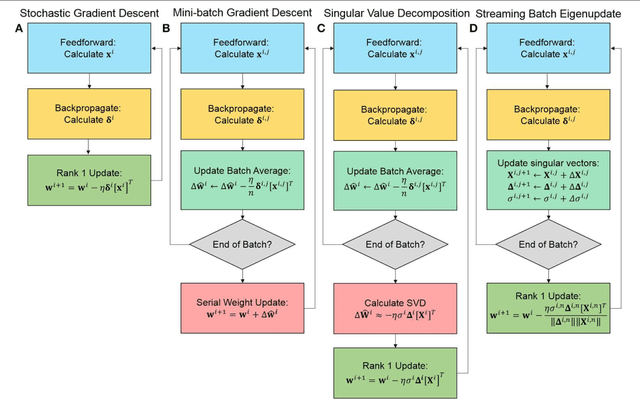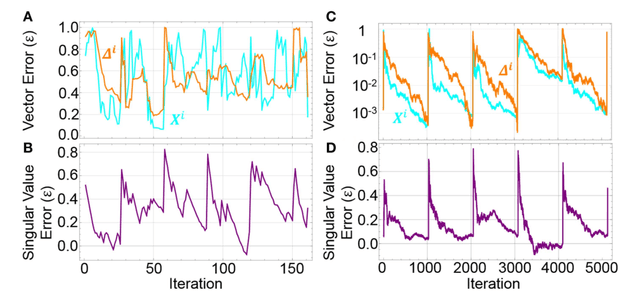Advait Madhavan
Layer Ensemble Averaging for Improving Memristor-Based Artificial Neural Network Performance
Apr 24, 2024Abstract:Artificial neural networks have advanced due to scaling dimensions, but conventional computing faces inefficiency due to the von Neumann bottleneck. In-memory computation architectures, like memristors, offer promise but face challenges due to hardware non-idealities. This work proposes and experimentally demonstrates layer ensemble averaging, a technique to map pre-trained neural network solutions from software to defective hardware crossbars of emerging memory devices and reliably attain near-software performance on inference. The approach is investigated using a custom 20,000-device hardware prototyping platform on a continual learning problem where a network must learn new tasks without catastrophically forgetting previously learned information. Results demonstrate that by trading off the number of devices required for layer mapping, layer ensemble averaging can reliably boost defective memristive network performance up to the software baseline. For the investigated problem, the average multi-task classification accuracy improves from 61 % to 72 % (< 1 % of software baseline) using the proposed approach.
Experimental demonstration of a robust training method for strongly defective neuromorphic hardware
Dec 11, 2023Abstract:The increasing scale of neural networks needed to support more complex applications has led to an increasing requirement for area- and energy-efficient hardware. One route to meeting the budget for these applications is to circumvent the von Neumann bottleneck by performing computation in or near memory. An inevitability of transferring neural networks onto hardware is that non-idealities such as device-to-device variations or poor device yield impact performance. Methods such as hardware-aware training, where substrate non-idealities are incorporated during network training, are one way to recover performance at the cost of solution generality. In this work, we demonstrate inference on hardware neural networks consisting of 20,000 magnetic tunnel junction arrays integrated on a complementary metal-oxide-semiconductor chips that closely resembles market-ready spin transfer-torque magnetoresistive random access memory technology. Using 36 dies, each containing a crossbar array with its own non-idealities, we show that even a small number of defects in physically mapped networks significantly degrades the performance of networks trained without defects and show that, at the cost of generality, hardware-aware training accounting for specific defects on each die can recover to comparable performance with ideal networks. We then demonstrate a robust training method that extends hardware-aware training to statistics-aware training, producing network weights that perform well on most defective dies regardless of their specific defect locations. When evaluated on the 36 physical dies, statistics-aware trained solutions can achieve a mean misclassification error on the MNIST dataset that differs from the software-baseline by only 2 %. This statistics-aware training method could be generalized to networks with many layers that are mapped to hardware suited for industry-ready applications.
Implementation of a Binary Neural Network on a Passive Array of Magnetic Tunnel Junctions
Dec 16, 2021



Abstract:The increasing scale of neural networks and their growing application space have produced demand for more energy- and memory-efficient artificial-intelligence-specific hardware. Avenues to mitigate the main issue, the von Neumann bottleneck, include in-memory and near-memory architectures, as well as algorithmic approaches. Here we leverage the low-power and the inherently binary operation of magnetic tunnel junctions (MTJs) to demonstrate neural network hardware inference based on passive arrays of MTJs. In general, transferring a trained network model to hardware for inference is confronted by degradation in performance due to device-to-device variations, write errors, parasitic resistance, and nonidealities in the substrate. To quantify the effect of these hardware realities, we benchmark 300 unique weight matrix solutions of a 2-layer perceptron to classify the Wine dataset for both classification accuracy and write fidelity. Despite device imperfections, we achieve software-equivalent accuracy of up to 95.3 % with proper tuning of network parameters in 15 x 15 MTJ arrays having a range of device sizes. The success of this tuning process shows that new metrics are needed to characterize the performance and quality of networks reproduced in mixed signal hardware.
Associative Memories Using Complex-Valued Hopfield Networks Based on Spin-Torque Oscillator Arrays
Dec 06, 2021



Abstract:Simulations of complex-valued Hopfield networks based on spin-torque oscillators can recover phase-encoded images. Sequences of memristor-augmented inverters provide tunable delay elements that implement complex weights by phase shifting the oscillatory output of the oscillators. Pseudo-inverse training suffices to store at least 12 images in a set of 192 oscillators, representing 16$\times$12 pixel images. The energy required to recover an image depends on the desired error level. For the oscillators and circuitry considered here, 5 % root mean square deviations from the ideal image require approximately 5 $\mu$s and consume roughly 130 nJ. Simulations show that the network functions well when the resonant frequency of the oscillators can be tuned to have a fractional spread less than $10^{-3}$, depending on the strength of the feedback.
Streaming Batch Eigenupdates for Hardware Neuromorphic Networks
Mar 05, 2019



Abstract:Neuromorphic networks based on nanodevices, such as metal oxide memristors, phase change memories, and flash memory cells, have generated considerable interest for their increased energy efficiency and density in comparison to graphics processing units (GPUs) and central processing units (CPUs). Though immense acceleration of the training process can be achieved by leveraging the fact that the time complexity of training does not scale with the network size, it is limited by the space complexity of stochastic gradient descent, which grows quadratically. The main objective of this work is to reduce this space complexity by using low-rank approximations of stochastic gradient descent. This low spatial complexity combined with streaming methods allows for significant reductions in memory and compute overhead, opening the doors for improvements in area, time and energy efficiency of training. We refer to this algorithm and architecture to implement it as the streaming batch eigenupdate (SBE) approach.
 Add to Chrome
Add to Chrome Add to Firefox
Add to Firefox Add to Edge
Add to Edge